Explore the Best AI Image Gallery
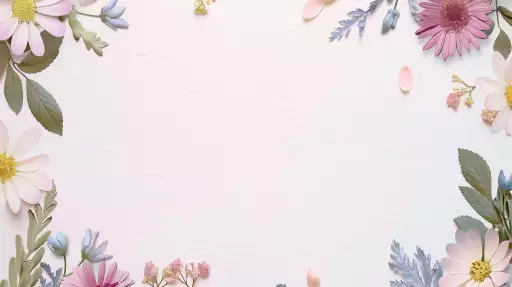
Pixels & Perceptions: AI-Generated Images and the Evolving Art World
The art world is in a state of perpetual evolution, constantly adapting to new technologies and trends. The latest seismic shift comes from the realm of artificial intelligence (AI), specifically the emergence of AI-generated images. This revolutionary technology allows machines to create stunning visuals, blurring the lines between human creativity and computational ingenuity.
A New Creative Frontier
AI image generators leverage complex algorithms trained on massive datasets of existing artwork. They can produce a vast array of styles, from photorealistic renderings to abstract expressions, often with remarkable fidelity. This opens up exciting possibilities for artists, designers, and anyone interested in visual creation:
- Democratization of Art: AI tools can empower individuals without formal artistic training to generate their own unique creations, making art more accessible.
- Exploration of New Styles: Artists can experiment with unconventional aesthetics and push the boundaries of traditional art forms by collaborating with AI.
- Efficiency and Speed: AI can accelerate the creative process, allowing artists to quickly generate concepts or iterate on designs.
- Personalized Content: From custom avatars to unique product designs, AI can generate visuals tailored to individual preferences.
Ethical Considerations
While the potential of AI-generated images is immense, it also raises important ethical considerations that require careful consideration:
- Copyright and Ownership: Who owns the copyright to AI-generated artwork? The creator of the algorithm, the user who provides input, or the AI itself?
- Bias and Representation: AI models are trained on existing data, which can perpetuate societal biases. Its crucial to ensure that AI-generated images reflect diverse perspectives and avoid reinforcing harmful stereotypes.
- Authenticity and Deception: The ability to create highly realistic images raises concerns about the potential for manipulation and misinformation. Its important to develop methods for identifying AI-generated content and fostering transparency.
The Future of Art in an AI-Powered World
The intersection of AI and art is constantly evolving. As technology advances, we can expect even more sophisticated AI tools that blur the lines between human and machine creativity further. The future likely holds:
- Collaborative Creativity: Humans and AI will work together as partners, leveraging each others strengths to produce groundbreaking art.
- Personalized Artistic Experiences: AI could generate customized artworks tailored to individual tastes and preferences.
- Immersive Art Installations: AI-powered visuals could create interactive and dynamic art experiences that engage multiple senses.
The emergence of AI-generated images is a paradigm shift in the art world. While it presents both opportunities and challenges, one thing is certain: AI will continue to reshape the creative landscape, inspiring new forms of expression and pushing the boundaries of whats possible.

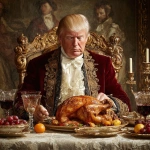
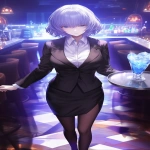
](https://images.ai-img.art/thumbnails/150/847809c77ca9a73b68bc190e6efb06fec87157685a243730d5a66a403b0e6e10.webp)

](https://images.ai-img.art/thumbnails/150/0ba0be922ab76af53f75ab90126ae2b18a600ee3b96941e8ab897a9f10594e5a.webp)
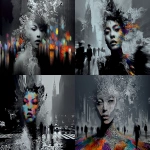


](https://images.ai-img.art/thumbnails/150/ff09e32d2be011c0dd785984c5c1e47839ce551a31da1bde242860b30df2aa30.webp)

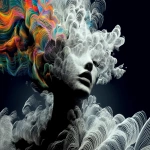

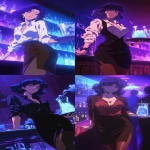
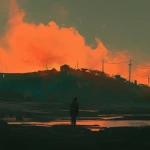

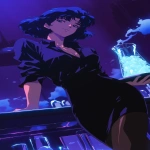
](https://images.ai-img.art/thumbnails/150/2ebdeb4f7db35100e5be5de9bc3e533a40d14e5feedefd7ffc586524a0f3ba8c.webp)

](https://images.ai-img.art/thumbnails/150/bd056a4718c27444e064198762f8dc8ffa1f74f1afd7dcda8d5cb8b142797d6e.webp)
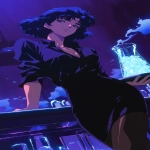
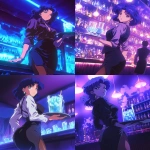

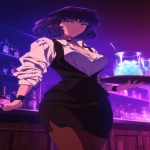

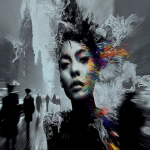
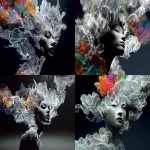
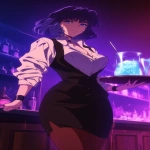
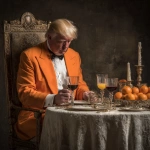


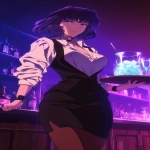
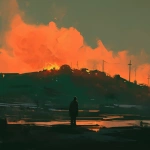
](https://images.ai-img.art/thumbnails/150/685ae68cfab93a7e59a71206867b060c45bd6fd3cd561c4fe60fca514b09c5f8.webp)
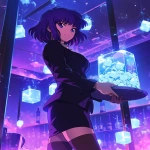
](https://images.ai-img.art/thumbnails/150/7cf5a08238f29c821f52bb4f63db48af0b7f633ff3b9f7253074d78ced9ff6f6.webp)
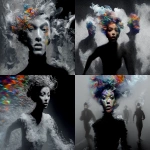
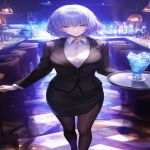
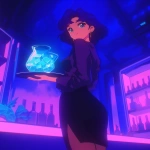

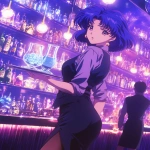
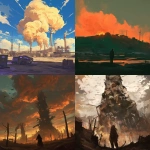
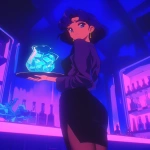
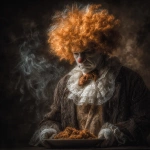

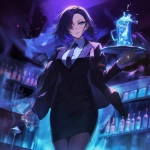
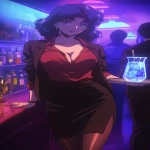
](https://images.ai-img.art/thumbnails/150/a3ed6513a6661aa3ee46e0c2924d1e8888854e91d8908de39db5590dc41f8d8f.webp)

